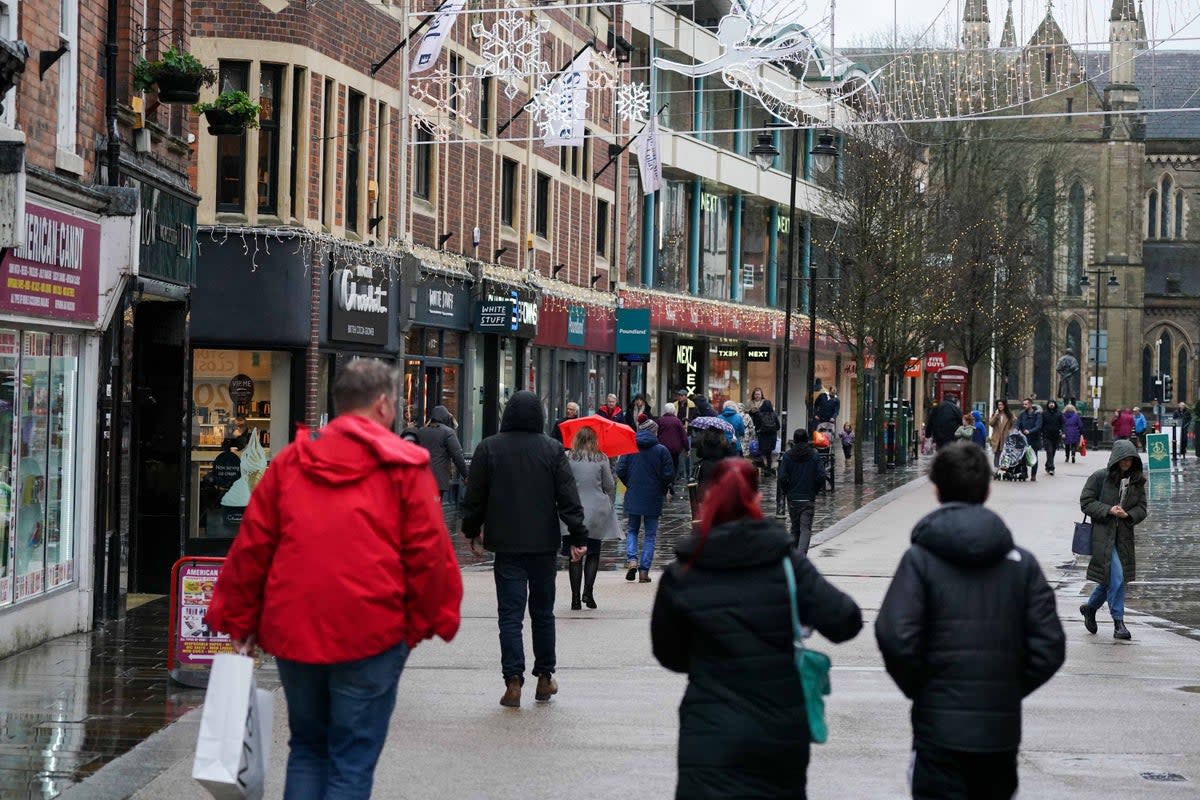Retail footfall below 2023 levels but Taylor Swift and Euro 2024 give shops a boost

The number of people visiting the UK’s retail destinations remains below 2023 levels - but better weather, Taylor Swift’s tour and Euro 2024 has boosted traffic to shopping outlets in the past few weeks.
Poor weather plus people holidaying abroad have been blamed for the year-on-year drop in footfall to retail sites including shopping centres, high streets and retail parks.
Overall, footfall fell 1.4% year-on-year in June, with high streets showing the biggest drop (-2.3%), according to retail trends experts MRI Software.
However, footfall has shown an increase since last month (May), with three major factors aiding this: Taylor Swift: The Eras Tour, the Euros and the sudden heatwave.
The ‘Taylor Swift effect’ hit the UK as soon as Swift started her UK leg of the tour on June 7. Outfits worn by fans attending the concerts have become extravagant with items such as cowboy hats, boots and other accessories popular among Swifties. Friendship bracelets have become a staple for the concerts too. With the outfits becoming more creative, more people are hitting up the shops to purchase these must-haves.
Euros 2024 is also bringing people back to shops with fans purchasing replica shirts, merchandise and various other football-related products. Footfall increased particularly ahead of the England vs. Denmark match. Football is such a major event in the UK, people cannot help themselves from getting all the necessities to watch the match.
The June mini-heatwave also saw an increase to people out and about, with a 10% boost in central London and 7.1% in coastal towns month-on-month.
Jenni Matthews, Marketing & Insights Director for MRI Software said: “It’s important for retail leaders to keep up with changing consumer trends, sentiments and behaviours so store planning (from staffing to energy and facilities management) can be managed effectively to cope with external factors including the weather, rail disruption, and city-wide events.”


